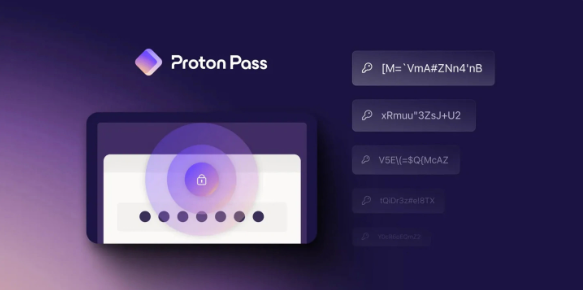
According to news on June 29, the password manager Proton Pass announced its official release today, providing users with a safe and convenient password management solution.

Proton is a well-known encrypted email service provider. Since the launch of Proton in 2014 Mail has been committed to protecting user privacy and data security. After a public beta in April this year, Proton Pass password manager has been officially released in the global market.
According to Proton CEO Andy Yen, Proton Pass will be integrated into mainstream browsers in an extension manner, including Chrome, Firefox, Edge and Brave, and supports iPhone/iPad and Android devices. This means that users can use Proton conveniently regardless of the platform and device they are using Pass to manage and protect their passwords.

#The advantage of Proton Pass is its strong security. Compared to other password managers, Proton Pass uses end-to-end encryption technology to ensure that all fields of the user, including username and URL, are protected at the highest level. As far as the editor understands, Proton Pass uses Secure Remote Password Verification (SRP) to strengthen authentication and the bcrypt password hashing algorithm for password storage and verification. In addition, Proton Pass is one of the first password managers to fully integrate two-factor authenticator (2FA) and supports 2FA autofill, giving users an extra layer of security.
Annual surveys of the Proton community show that Proton Pass password manager has been one of the most requested services by users. With official launch, Proton Pass will provide users with a more secure and convenient password management experience, further consolidating Proton’s leading position in the field of data security. Users can download and install Proton by visiting Proton’s official website Pass and start protecting their passwords and personal information.
The above is the detailed content of Proton Pass is officially released: a secure password manager to help you protect your personal data. For more information, please follow other related articles on the PHP Chinese website!




